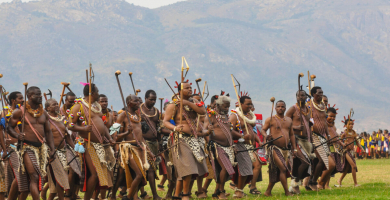Top 6 Nicaragua Culture, Customs and Etiquette
Nicaraguan culture is the product of a mixture of indigenous (Chorotega and Nahuatl), Spanish and African cultures. Their history is intrinsically tied to that ... read more...of natives and white Europeans, especially the Spaniards, beginning with their conquest, colonization, and independence. However, the cultural traditions such as dances with different musical rhythms, colonial cities and food that make up this country's magnificence are still preserved. This article is a list of Nicaragua Culture, Customs and Etiquette that you should not miss.
-
Nicaragua is a traditionally Christian country, with approximately 73% of the population practicing Roman Catholicism and another 15% attending evangelical churches. As a result, there are numerous religious holidays and festivals throughout the year. Banks and government offices may be closed, and there will almost certainly be commotion. The Catholic church frequently fires off sound fireworks before dawn to wake people up and remind them that there is a reason to go to church that day. Church parades wind through town, with the majority of the Catholic congregations trailing and sometimes dancing behind.
The Protestant churches appear to have a larger following along the Atlantic Coast. Other forms of religion are practiced by a very small percentage of Nicaraguans. The Jewish community is small, and the small Muslim communities are mostly made up of illegal residents and immigrants who have become naturalized Nicaraguans. Followers of the Church of Scientology and the Baha'i Faith are in the minority. Nicaraguans are generally religiously inclined, with many attending services and participating in other religious observances. Nicaraguans frequently use phrases like "if it is God's will" to demonstrate the importance of religion in their lives. Nicaragua's diverse religious heritage only adds to the allure of this fascinating country. During your travels through Nicaragua you will without a doubt come across a variety of religious expressions and traditions.
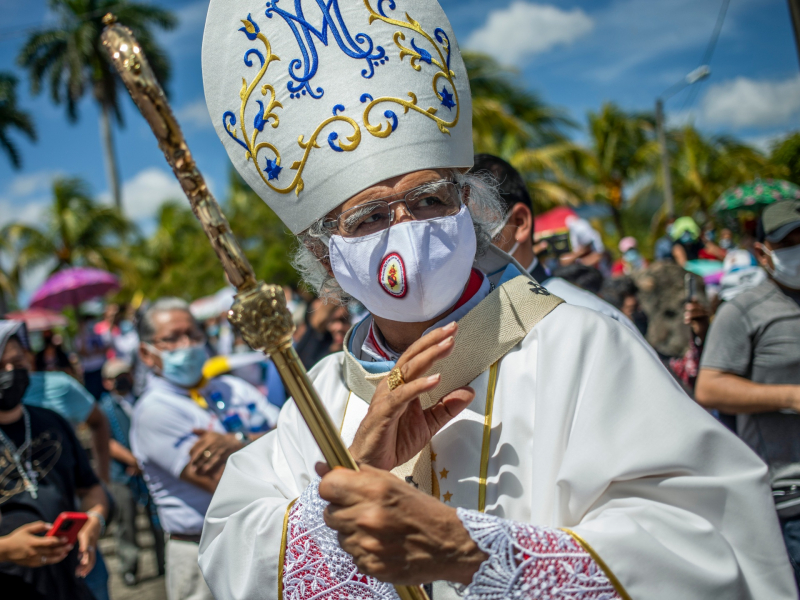
aljazeera.com 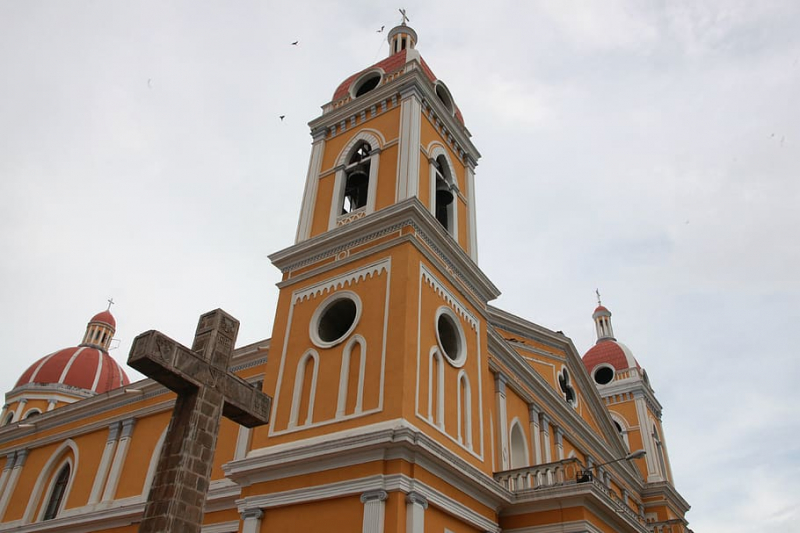
wallpaperflare.com -
Dining etiquette in Nicaragua is similar to that found in Mexico and Guatemala. The dining etiquette information presented below is Nicaraguan variations on general Latin American dining etiquette as found on the Mexican dining etiquette page. Dining protocol for toasting. Salud is the most common toast (to your health). Dining etiquette for getting started. Wait until the host says, "Buen provecho!" before you start eating. Dining etiquette regarding the use of utensils. Nicaraguans eat in both the American and European styles (alternating the knife and fork) (keeping the knife in the right hand and the fork in the left throughout the entire meal).
Dining etiquette for communicating with the waiter. After the meal, the knife and fork are placed parallel to each other across the right side of the plate. If you leave both utensils on the plate for an extended period of time, it indicates to the wait staff that you are finished, and your plate may be removed from you. Alternatively, if you place your cutlery on either side of the plate, it indicates that you haven't finished; however, if you are, the host may interpret this as a sign that you were dissatisfied with the meal.
Eating bread dining etiquette Bread, if substituted for tortillas (rarely), is sometimes served without butter; in this case, there is usually no butter knife or bread dish; your bread is placed on the rim of your main plate or on the table by your plate. If tortillas are served, use them to scoop up bits of food on your plate.
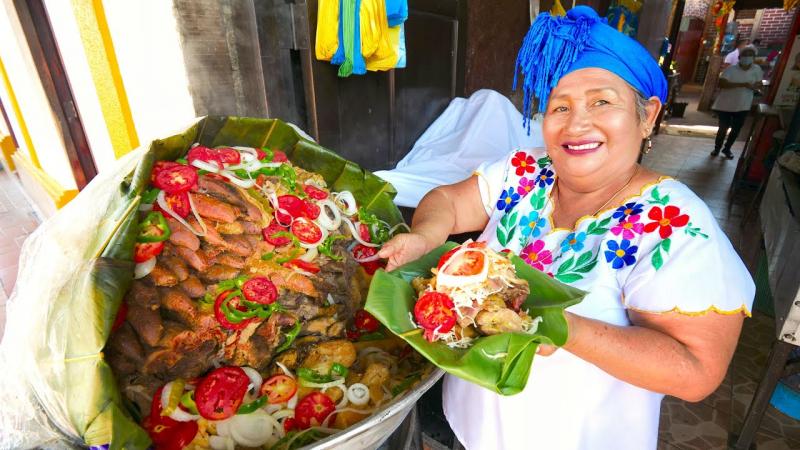
traveltank.com 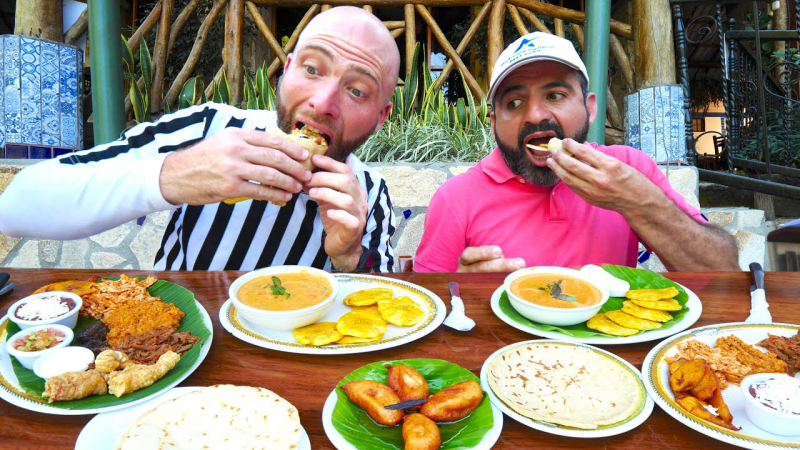
https://www.youtube.com/watch?v=_X41gi7tABE -
Nicaraguans shake hands and say Mucho gusto de conocerle when meeting someone for the first time. ("It's a pleasure to meet you"). They might also ask, "How are you?" or How are you? (Both phrases mean "How are you?" but the first is more formal.) Buenos da! ("Good morning!"), Buenas tardes! ("Good afternoon!"), and Buenas noches! ("Good evening!") are common greetings. The informal greeting hola! is popular among young people. (“Hi!”). Close friends hug and pat each other on the back, and men greet each other with a firm handshake. A kiss on the cheek is the standard greeting among female friends.
To show respect, elders and those of higher social standing are addressed with titles such as Seor ("Mr."), Seora ("Mrs."), or Seorita ("Miss"). The titles Don and Doa are used with a man's and a woman's first names to express special respect, familiarity, or affection.
Nicaraguans are warm and welcoming to strangers. Personal admiration is valued more than compliments on one's possessions. It is customary to bring a gift to special occasions such as anniversaries, birthdays, and Catholic ceremonies such as baptism or confirmation, and it is appreciated when guests invited to dinner bring a gift of flowers or candy.

toigingiuvedep.vn 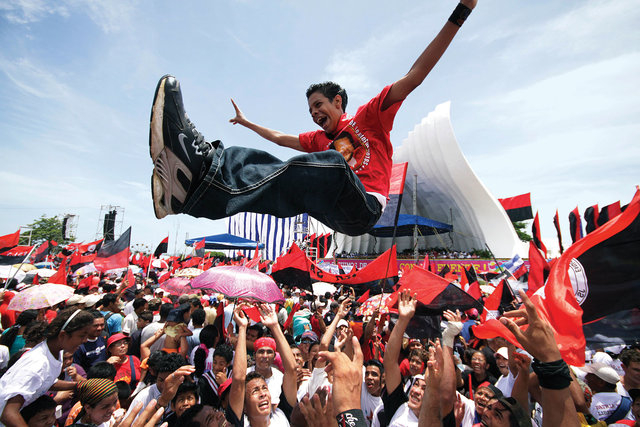
toigingiuvedep.vn -
Family relationships are highly valued in many Hispanic cultures, and include relatives other than the nuclear family unit. The term compadrazago, which literally means copaternity, refers to the relationship between children, parents, grandparents, and godparents. Because of the high fertility rate, households are large—generally six to eight people—and include grandparents, aunts and uncles. Large families are regarded as a blessing in rural areas: parents have help with chores and farm work. Despite the space constraints of city living, large families with extended kin allow for creative ways to house entire families in urban settings.
The extended family has a significant impact on an individual's life and decisions. It is not unusual for parents, aunts, uncles, and cousins to live together. A person has two family names, as in many Central and South American countries. The last name is the family name of the mother, and the second-to-last name is the family name of the father, which serves as the surname. As a result, someone named José Muoz Gómez would be referred to as Seor Muoz.
Outside of the upper and middle classes, the majority of non-Roman Catholic couples marry in ceremonies officiated by another church or the state. There are many common-law unions, but Roman Catholics adhere to the church's emphasis on marriage. Because of poverty and a lack of affordable housing, A woman teaches a man how to print letters as part of a literacy program in Nicaragua; the Sandinistas assisted in the establishment of these programs.
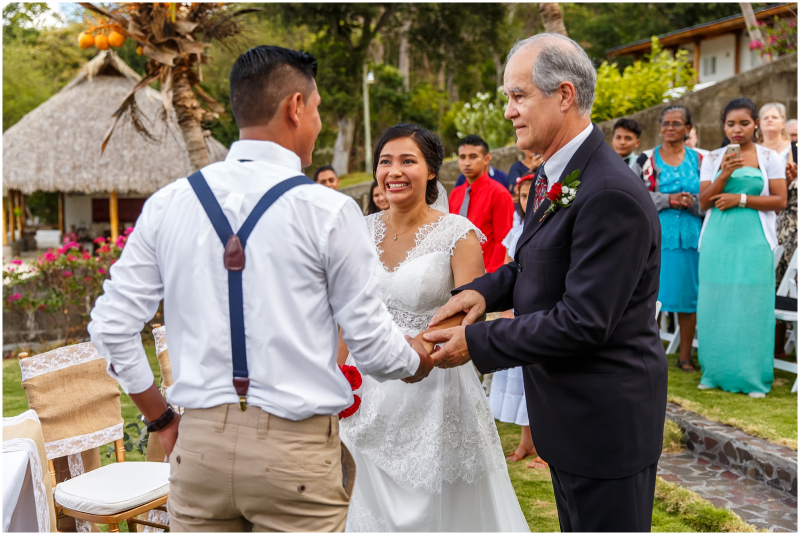
clarissawyldephotography.com 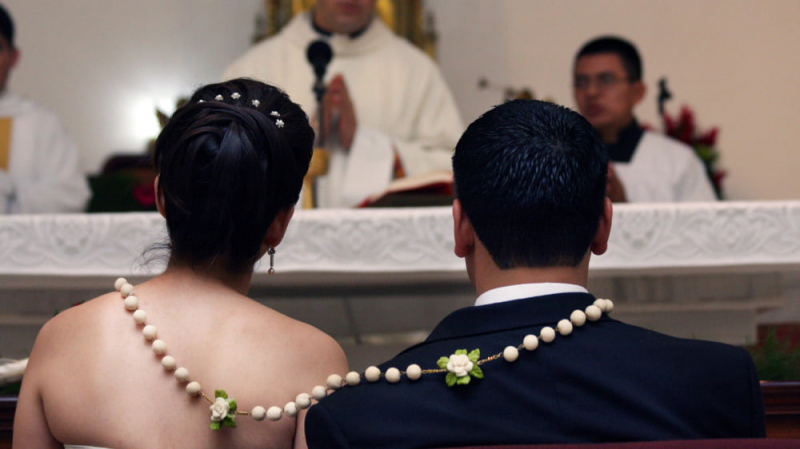
en.astelus.com -
Since the early 1980s, the Ministry of Culture has worked to preserve folk art and train a new generation of artisans in order to prevent the extinction of traditional crafts. Until the Sandinistas launched their literacy campaign in the 1980s, half of Nicaragua's population was functionally illiterate. Nicaraguans continue to produce utilitarian and decorative ceramics and earthenware. The shapes and motifs found in pre-Columbian pieces are still used in locally crafted earthenware. Silverwork, woodcarving, embroidery, and sculpting are some of the other local crafts. On the Atlantic coast, gold filigree is practiced.
The performing arts One of Nicaragua's most enduring pre-Colonial art forms is folkloric dance. Traditional dances are performed at festivals and fiestas, and children learn about their culture through after-school programs. Nicaraguan dance tradition includes the palo volador, or flying pole, which is similar to folk dances in Mexico and Guatemala in that a performer is strapped to a rope wound around a pole and then unwinds, swinging farther into the air accompanied by the pounding rhythm of percussion instruments. The marimba, a type of xylophone, is another instrument in Nicaragua's rich musical tradition. Masaga serves as the country's primary performing arts center.
Dances such as Las Inditas, Los Diabilitos, and Las Negras all involve masked characters. Another traditional dance theme is the re-enactment of the Spanish Conquest, parodying the conquerors by depicting them in pink masks with grotesque facial features. The farcical dance portrays the Spaniards and their conquest as clumsy, but inevitably triumphant.
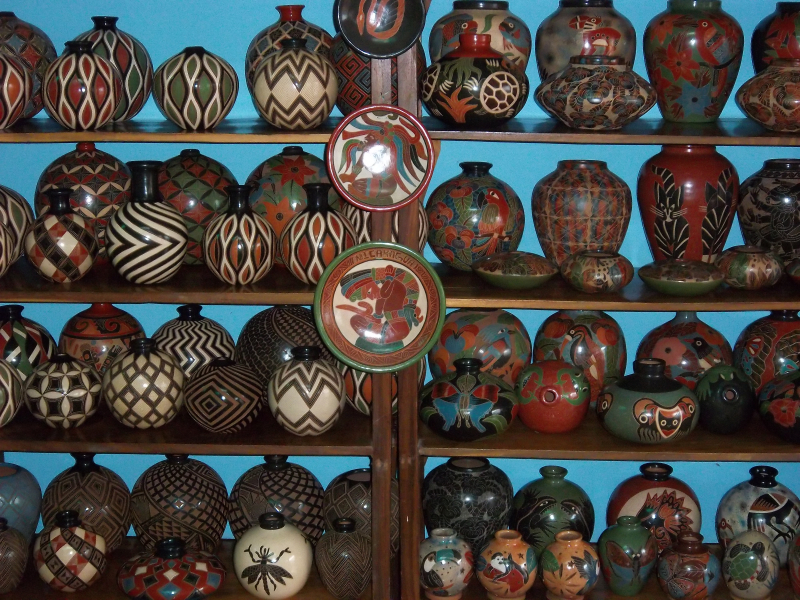
schellhammerbusinessschool.com 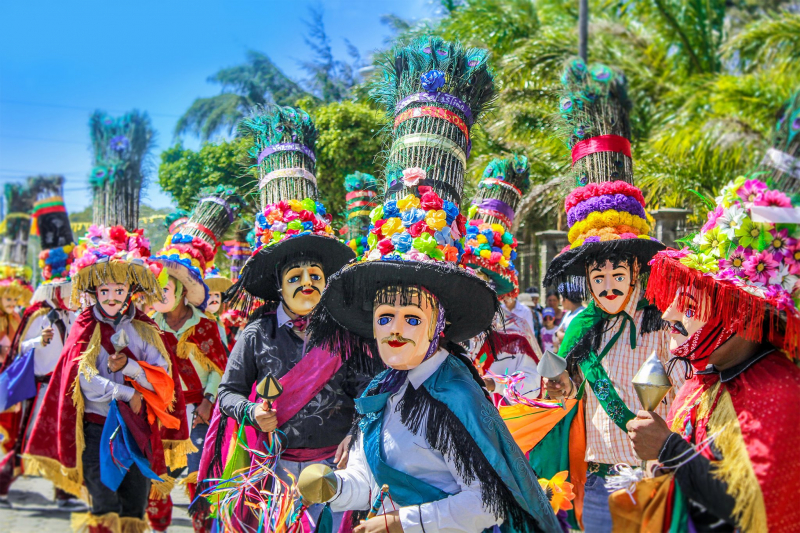
facebook.com/Peacerfull/photos -
The modern Nicaraguan music style is a synthesis of indigenous, European, and Spanish influences. The musical instruments include the common marimba as well as others found throughout Central America. Africa has had an impact on the country's Caribbean coast. Pacific - A fusion of indigenous and Spanish culture, resulting in a diverse range of music and dance with flutes and drums accompanied by dancers dressed in Spanish garb, demonstrating the cultural duality.
Masaya - The cultural feature here is referred to by the Latin American term'mestizaje,' or cultural mixing. Dances are expressed through soft movements, with guitars strummed lightly in the background and the national folklore instrument, the wooden marimaba, painting a picture of a man and woman dancing. North/Central - The European heritage brought by the descendants of Spaniards and Germans is prominent in this region. The 'polcas' and'mazurcas' are two types of dances.
Caribbean - While African culture plays an important role in this region, influencing both music and dance, the indigenous tribes' contributions should not be overlooked. The 'palo de mayo,' created in Bluefields, is an energetic dance that emphasizes the role of the body with sensual movements. n music styles, as well as indigenous styles. The most popular type of dance is called "palo de mayo," and it is a particularly loud and energetic style. The North and Central regions are mostly European-influenced, with popular dances such as the "mazurcas." The Masaya and Pacific regions have also been influenced equally.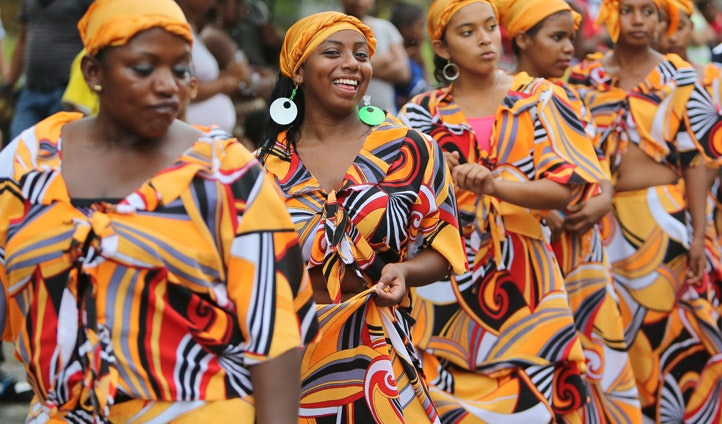
nicaraguaculture.weebly.com 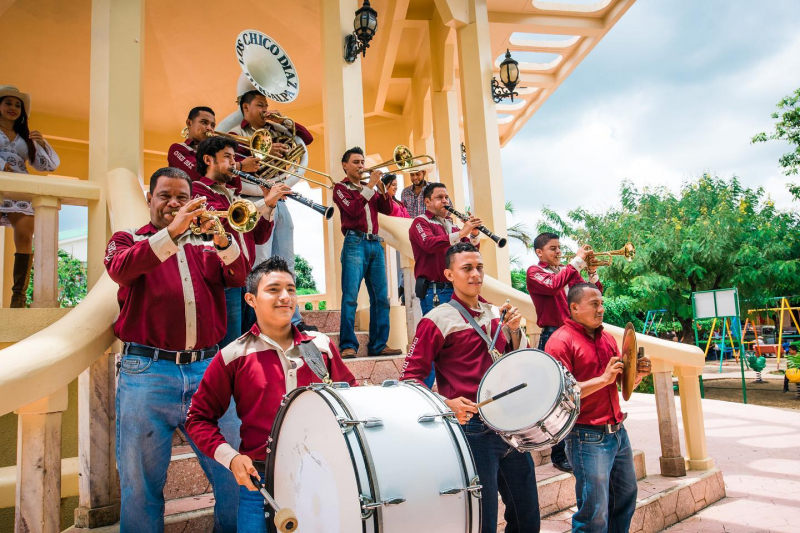
nicaraguaculture.weebly.com


























